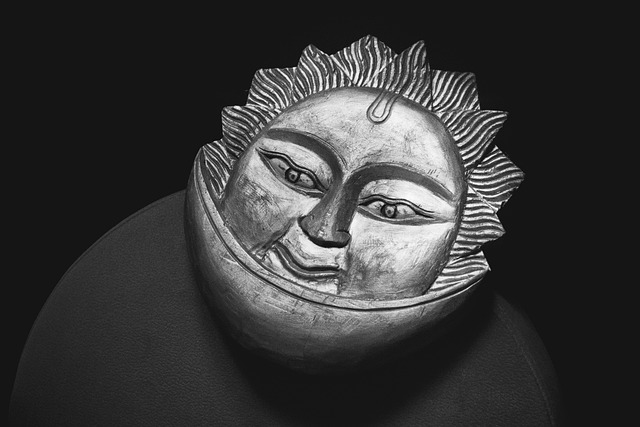In the realm of photography, the interplay between light, shadow, and the intricacies of composition weaves a rich tapestry of meaning. With each click of the shutter, photographers have the unique opportunity to encapsulate more than just fleeting moments; they can convey profound allegories that resonate with viewers on multiple levels. Understanding allegory in relation to composition can enhance your photographic storytelling, allowing you to engage your audience’s emotions and trigger their imagination.
When you hold your camera, you are not just capturing a scene; you’re framing a narrative. The concept of allegory invites you to think beyond the literal and explore the symbolic. For example, consider using elements within your composition to represent broader themes such as struggle, love, or perseverance. A solitary tree in a vast field could symbolize isolation or resilience, encouraging viewers to ponder the story behind the image.
Optics play a crucial role in how these themes are conveyed. The choice of lens, aperture, and depth of field can impact the mood and message of your composition. A shallow depth of field, for instance, blurs the background and keeps the focus on the subject, creating an intimate feeling that can evoke a personal connection. Conversely, a wide-angle lens can amplify the surroundings and enhance the underlying message, immersing the viewer in the environment of the allegory.
Composition techniques such as leading lines, framing, and the rule of thirds can empower you to direct the viewer’s eye and emphasize the allegorical significance of your subject. Incorporating leading lines can guide attention to a particular point in your frame, while a well-placed frame within a frame can evoke a sense of entrapment or freedom depending on the context. The rule of thirds helps establish balance, drawing the eye to key elements that tell your story.
When planning your shot, reflect on the emotional undertones you wish to evoke. What story are you trying to tell? How can your chosen elements in the composition work together to convey that message? This reflective practice not only enhances your technical skills but also cultivates a deeper artistic insight into your photography.
The power of allegory in photography lies in its ability to provoke thought and stir feelings. It challenges you as a photographer to transcend simple representation and embrace storytelling that resonates on an emotional level. As you experiment with different compositions and themes, allow yourself the freedom to explore what allegory means to you and how it can reshape the way you approach your craft.
Remember, every photograph you take holds the potential for deeper meaning. Each image can serve as a conduit for an allegorical story waiting to be told—an invitation for the viewer to engage beyond the surface. So, as you set out on your next photographic adventure, keep the lens focused not just on what is in front of you, but also on what lies beneath the surface of your chosen subjects.



